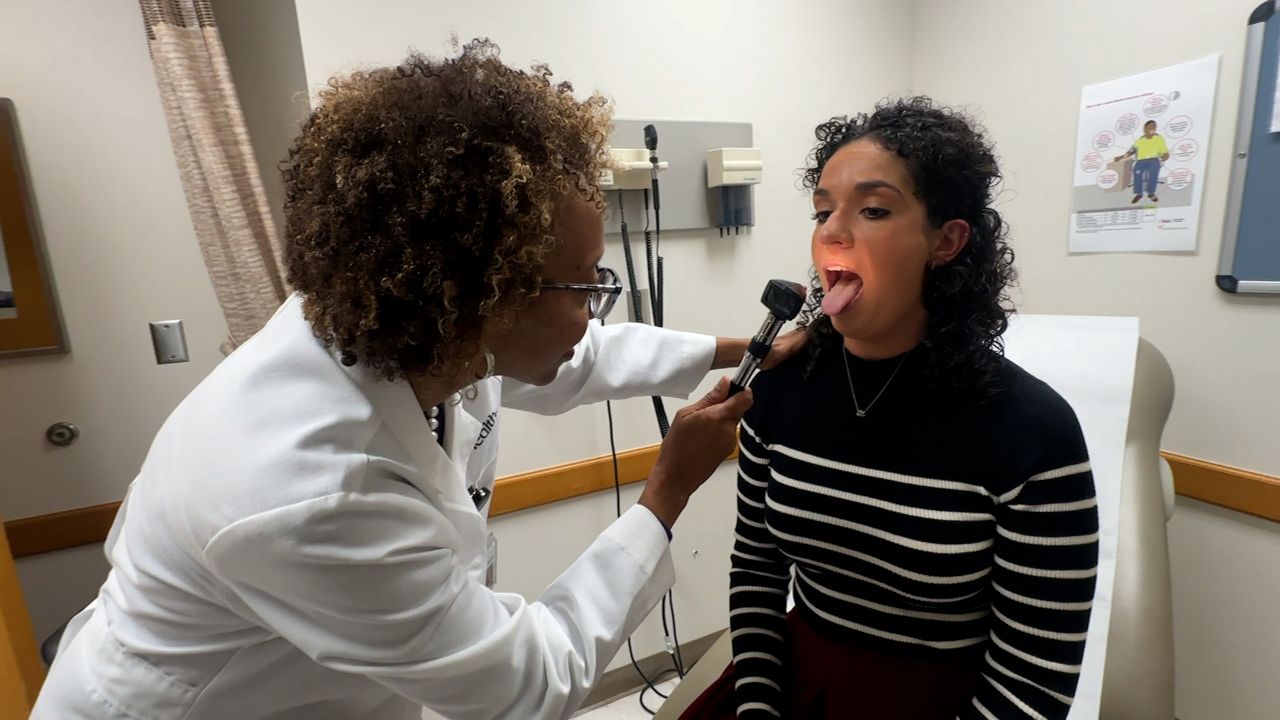Jobs
10 high-paying jobs for 2024 | Fidelity

You’ve found a high-paying job. Now what?
Landing the high-paying job of your dreams could be the first step toward a more financially secure future. Step 2: Having a plan to ensure that your hard-earned wages work hard for you. Here are some tips to help you get the most out of your paycheck—from day 1 on the job and beyond.
Secure your emergency savings
Jobs come and go, which is why it’s a good idea to make building up your emergency savings one of your top priorities. Consider setting up an automatic transfer from checking to savings each payday to save up $1,000 or 1 month’s worth of expenses first. Keep going until you have roughly 3 to 6 months’ worth of expenses stashed away. As you approach milestones like starting a family or buying a house, add a little more to your savings to cover all of the financial speedbumps you could hit.
Make the most of your employer’s retirement plan
If your employer offers a match through a 403(b) or 401(k), make sure you’re contributing enough to get the entire match. For instance, if your employer matches 100% of your contributions up to 3% of your annual salary, it’s a smart money move to contribute at least 3% to the plan each year to get the full match. If you only contribute 1% or 2%, you’re leaving money on the table.
Consider opening an IRA
After getting your employer’s match, consider opening an IRA as part of your retirement savings strategy. Don’t know whether to open a Roth or traditional IRA? Here’s a quick overview: A Roth IRA lets you contribute after-tax money and receive federal tax-free distributions on earnings after age 59½ if withdrawals are made after a 5-year period, beginning with the first taxable year after which a contribution to the Roth IRA occurs.29 But you must earn under the Roth IRA income limit to contribute. A traditional IRA, on the other hand, is funded with after-tax money that may be tax-deductible. Earnings grow tax-deferred and distributions are taxed during retirement.30 If you’d like to be saving for retirement in a Roth account, but you earn too much to contribute directly to a Roth IRA, consider the backdoor Roth IRA strategy. It’s a way of moving money into a Roth IRA, by making nondeductible contributions—or contributions on which you do not take a tax deduction—to a traditional IRA and then immediately converting those funds into a Roth IRA.
Got debt? Here’s a step-by-step guide to saving, investing, and paying off debt.







